The biceps are used more in pulling movements such as hard pulls, snatches and pull-ups ...... Although moving heavy loads doesn't rely on the biceps alone, it can help strengthen grip strength, strengthen elbow health and hold up T-shirts ......
In most strength training exercises, the guys don't spend much time on their biceps. This is because most pulling movements, such as hard pulls, rowing and pull-ups, already strengthen the arms to some extent.
If you want to strengthen biceps dimension and strength, you can add biceps training at the end of your workout. Adding 2 sets of 8-12 workouts (2-4 different movements) per week is enough to stimulate muscle growth for most little ones.
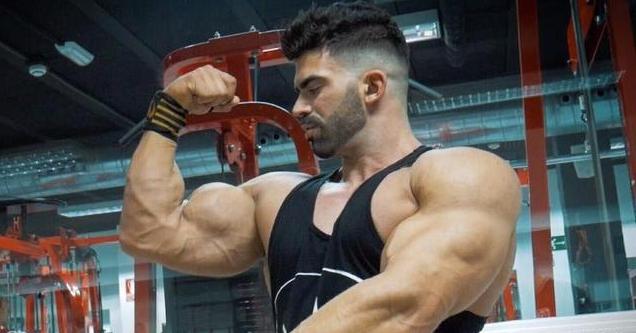
9 curl training moves to train the biceps
1. Barbell curls
The barbell curl is a very well known biceps training movement, with different grip distances, speeds, weights and ranges to choose from. The barbell curl is a combination of strength and muscle building exercises, choosing larger weights, less restrictive on the field and requiring less skill. This movement is also good for strengthening the grip and arm strength for specific movements.
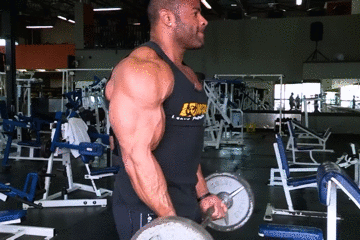
2. Reverse grip barbell curl
Reverse grip curls can be done with barbells and dumbbells. By using a positive grip (palms outwards) for curls, you can train the grip and muscle size of the forearms. Especially for powerlifters who rely on a strong grip, this movement helps to increase pulling strength and recovery from wrist injuries.
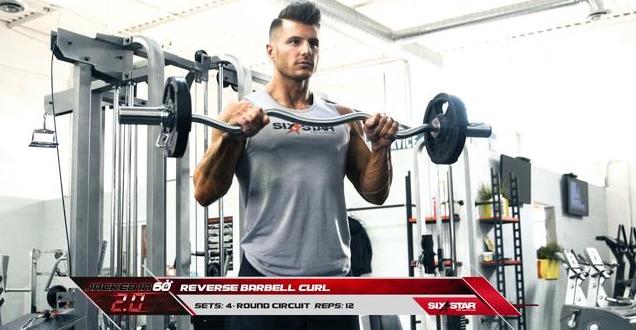
3. Upward incline supine dumbbell/hammer curl
The supinated deadlift hammer curl is very similar to the hammer curl, but this position restricts the force from the anterior shoulder fascia and isolates the force from the lateral head of the biceps. If you do the hammer curl, keep your hands in opposite grips, as if you were using a hammer. Perform the upward-sloping hammer curl with proper movement technique and seated position.
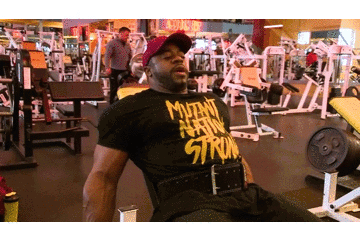
4. Priest's chair bend
The preacher's chair bend can be performed with free weights, using seated preacher's chair equipment or an upward incline bench. Doing the priest's chair bend with the arms fixed at an angle limits shoulder engagement, better isolates the biceps, increases stability for greater weight and volume, and focuses more on technique (because with the support of the priest's chair, there is no need to worry about movement position).
Making the preacher's chair bend very flexible, it can be done with a variety of equipment such as barbells, dumbbells, ropes and curved bars.
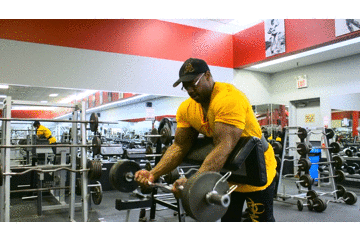
5. Curved bar bends
The curl bar is a special bar that is designed so that the little one uses a slightly angled grip to stimulate the biceps more precisely at different angles. This movement is usually set up in a standing or seated preacher's chair curl, but some people also choose the rope.
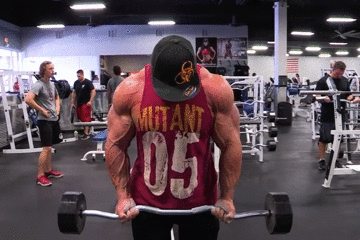
6. Dumbbell curls
The dumbbell bend offers a range of unilateral variations. Dumbbells, which can be used as hammer curls, reverse curls, preacher's chair curls, etc.; can be used to address muscular developmental imbalances and do not affect wrist position in the same way as a barbell or fixed apparatus.

7. Rope curls
Ropes give you a challenge to train the biceps from different angles by challenging the muscles to spend time under tension. Rope curls can also be done with a variety of handles, such as curved bars, straight bars, and also simultaneously with rope hammer curls, etc.
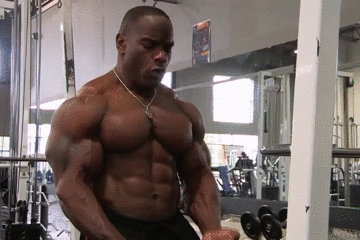
8. Adaptive resistance biceps curls
Bands and chains are adaptive resistance and can be used for most variations. By adding chains and/or elastic bands to the sides of the barbell, and dumbbells, you can stimulate new muscle growth, increase the rate of force production and exhaust the muscles throughout the range of motion.
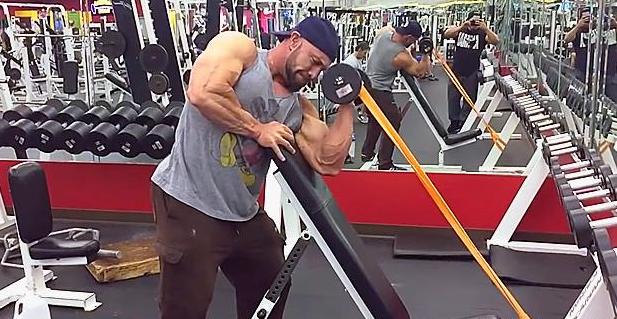
9. Controlled resistance dip head curl
Controlled resistance training is a technique that increases the force of all three types of muscle contraction (centripetal, isometric and centrifugal). This method can be applied to most variations of the dip head curl and is easy for most lifters who train in small groups or with a partner.
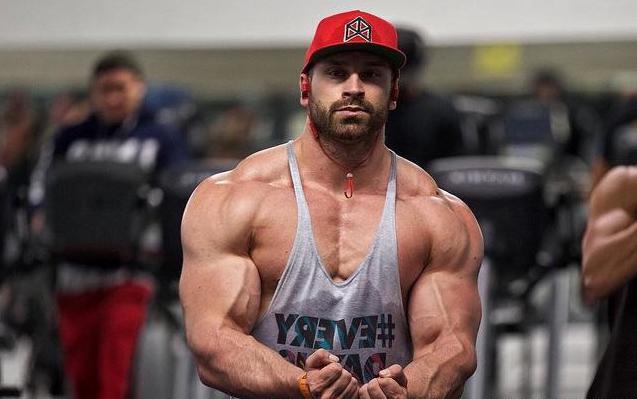
Training can be done in various ways, using barbells, dumbbells and ropes. As long as there is a strong tearing and pumping effect on the muscle fibres, even if it is subtle, it can help you to build muscle effectively and grow another 2cm
Popular Articles
-
The world's most beautiful big cities at night

Photos
-
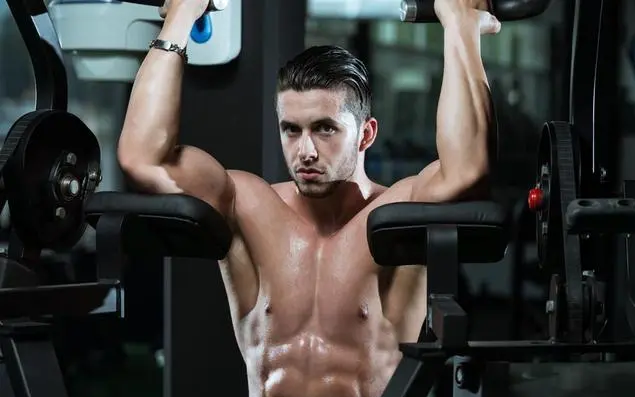 These fitness basics, 3 months is worth half a year of other people's fitness effect
These fitness basics, 3 months is worth half a year of other people's fitness effectApr 19, 2025
-
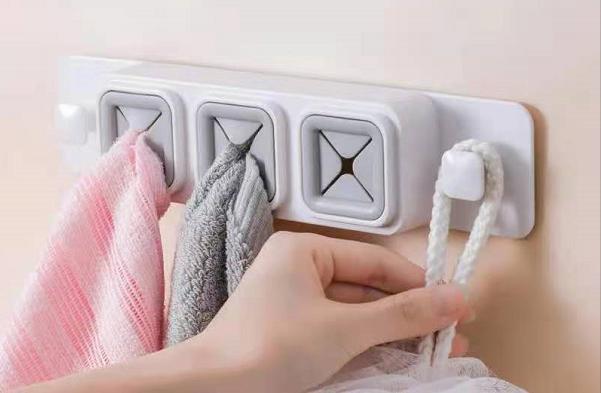 Explosive and useful 4 pieces of home goodies recommended to improve the quality of life, decorate your cozy nest
Explosive and useful 4 pieces of home goodies recommended to improve the quality of life, decorate your cozy nestApr 19, 2025
-
 The city with the longest sunshine hours in the world, Lhasa, Tibet has the reputation of "Sunshine City
The city with the longest sunshine hours in the world, Lhasa, Tibet has the reputation of "Sunshine CityApr 19, 2025
-
 The world's rarest flowers: Ghost orchids
The world's rarest flowers: Ghost orchidsApr 19, 2025
-
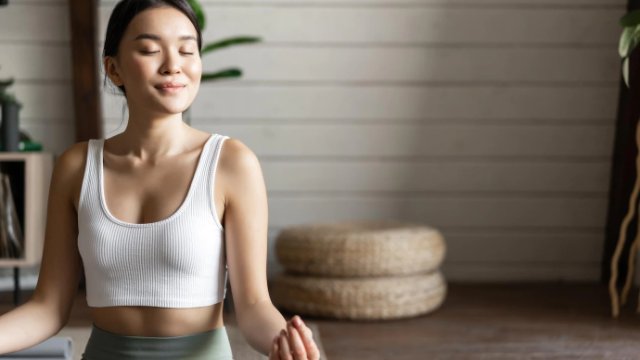 People with such a regular life will be healthier
People with such a regular life will be healthierApr 19, 2025







Comments
0